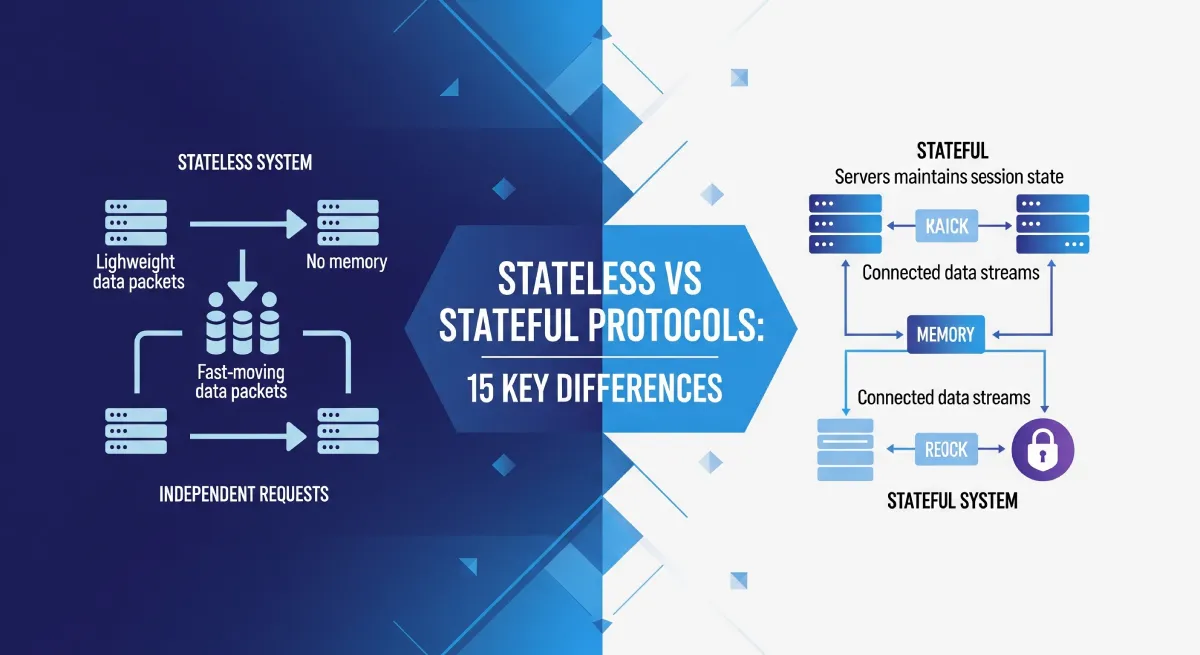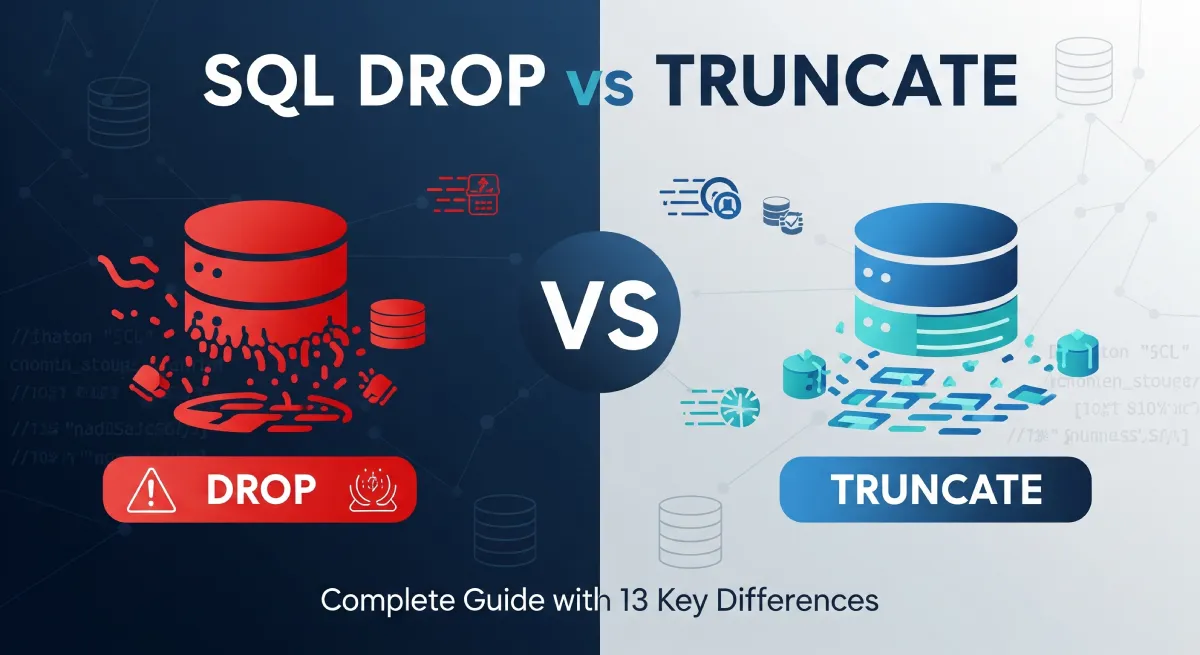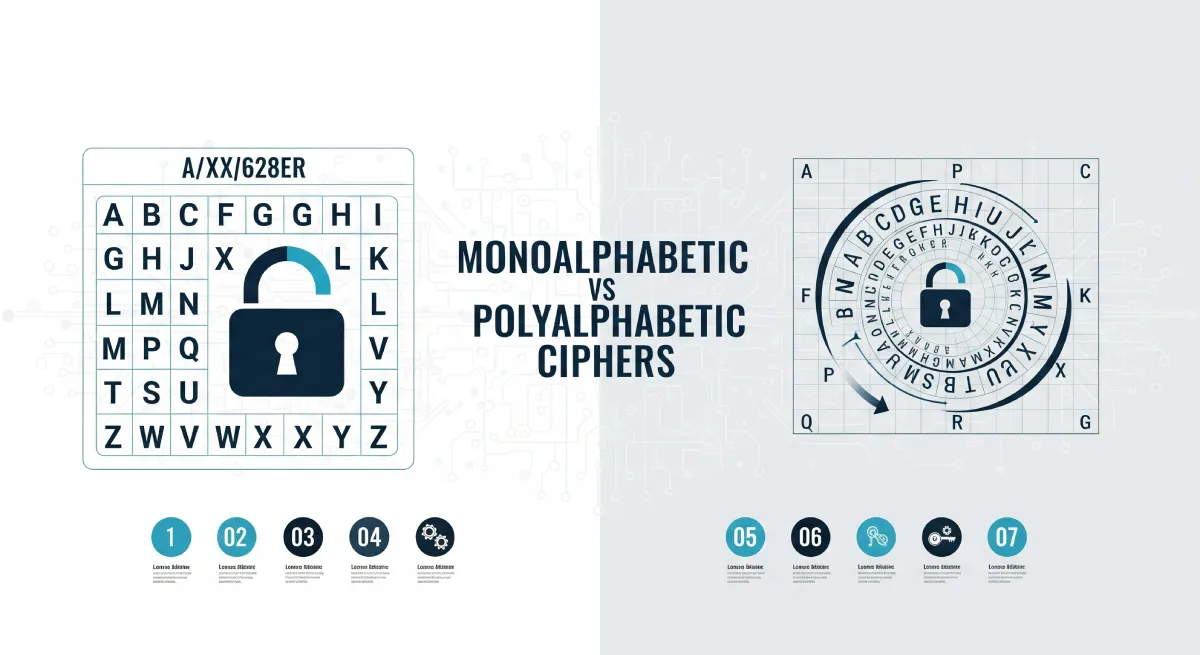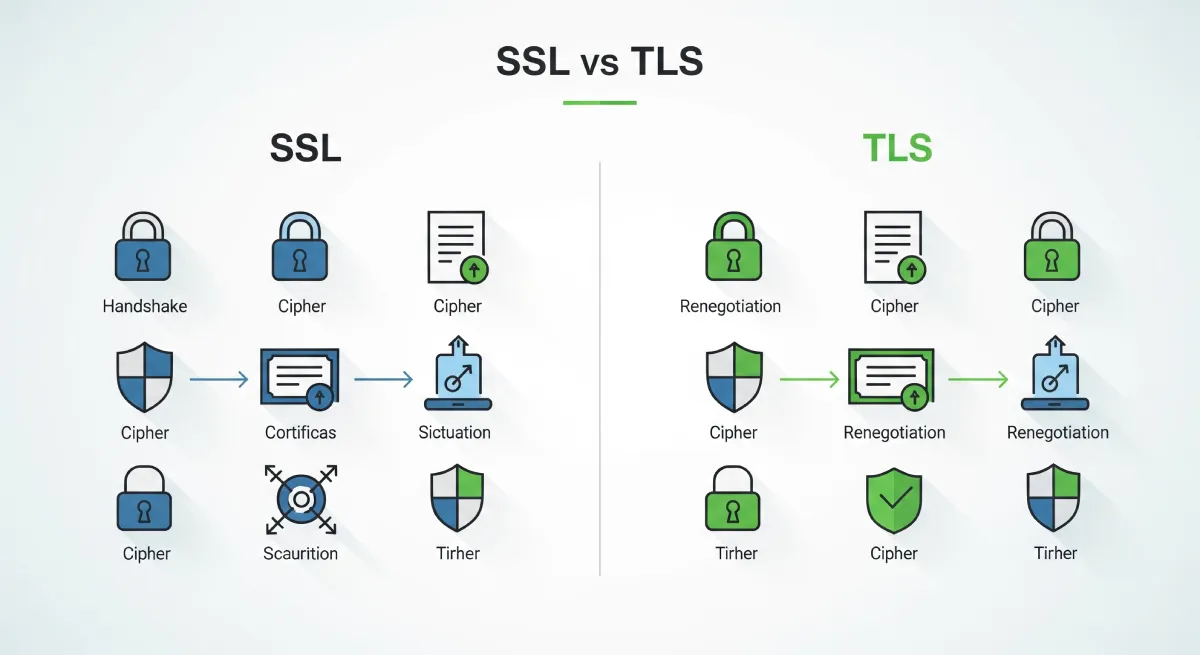When comparing Java vs Python, it’s essential to understand their strengths and applications. Java excels in performance and scalability, making it ideal for enterprise-level applications, while Python’s simplicity and versatility are perfect for beginners and rapid development. This guide helps you choose the right language based on your goals.
The Battle of Java and Python
1. Java: The Versatile Giant
Java, a robust and widely-used programming language, has been an industry standard for decades. Known for its versatility, Java finds its applications in various domains, including web development, mobile applications, enterprise software, and more. Its object-oriented nature, strong typing, and extensive libraries make it a reliable choice for large-scale projects and systems.
2. Python: The Elegance of Simplicity
Python, on the other hand, has soared in popularity due to its simplicity and readability. Often described as an elegant language, Python emphasizes code readability and encourages developers to write clean and concise code. It boasts a vast array of libraries and frameworks that facilitate rapid development and enable tasks such as data analysis, machine learning, and web scraping.
The Differentiating Factors
1. Learning Curve and Ease of Use
Java, with its strong typing and verbosity, may have a steeper learning curve compared to Python. However, this also results in a more structured approach to programming, providing a solid foundation for beginners. Python’s simplicity and intuitive syntax make it highly accessible to newcomers, enabling them to start building functional programs with ease.
2. Performance and Speed
Java, being a compiled language, offers excellent performance and speed. It is optimized for running large-scale applications, handling multithreading efficiently, and providing seamless memory management. Python, while an interpreted language, maybe slightly slower in terms of execution speed. However, its extensive libraries, such as NumPy and Pandas, leverage optimized C/C++ code, narrowing the performance gap in certain domains.
3. Application Domains
Java’s strength lies in its ability to handle complex enterprise-level systems, server-side applications, and Android app development. Python shines in the realm of data science, machine learning, artificial intelligence, and scripting. Its ease of use and rich ecosystem makes it an excellent choice for quick prototyping and building scalable web applications.
4. Community and Ecosystem
Both Java and Python boast vibrant and supportive communities. Java has a vast pool of experienced developers, a well-documented language specification, and a plethora of open-source frameworks and tools. Python, known for its welcoming community, offers extensive documentation, numerous online resources, and a wide range of libraries that cater to almost any development need.
Which Language Should You Master?
Choosing between Java and Python ultimately depends on your specific goals, interests, and the projects you wish to pursue. Consider the following factors when making your decision:
If you aspire to work in enterprise-level applications, Android development, or large-scale systems, mastering Java will provide you with a solid foundation and numerous job opportunities.
For those inclined towards data science, machine learning, or web development, Python’s simplicity and extensive libraries make it a valuable skill set to acquire.
If you’re a beginner or prefer a more structured approach to programming, Java’s static typing and strong architectural principles will help you understand fundamental concepts thoroughly.
If you value readability, rapid prototyping, and a supportive community, Python’s intuitive syntax and extensive ecosystem will empower you to bring your ideas to life swiftly.
Key Differences: Java vs Python
| Java | Python |
|---|---|
| Java is a statically typed language where variable types are explicitly declared. | Python is a dynamically typed language where variable types are inferred during runtime. |
| Java programs are compiled into bytecode and then executed using a Java Virtual Machine (JVM). | Python programs are interpreted and executed directly without the need for compilation. |
| Java has a more verbose syntax with strict rules for syntax and structure. | Python has a more concise and readable syntax, allowing for easier code comprehension. |
| Java is considered a strongly-typed language, meaning it performs rigorous type checking. | Python is considered a dynamically-typed language, allowing for flexible variable usage and type coercion. |
| Java excels in performance-critical applications and is often used in enterprise-level systems. | Python shines in rapid development, scripting, and data manipulation tasks. |
| Java is platform-independent, allowing programs to run on any device with a Java Virtual Machine. | Python is platform-independent as well, with interpreters available for various operating systems. |
| Java has a large standard library and extensive frameworks for different application domains. | Python has a rich ecosystem with numerous libraries and modules for various purposes, including data science, web development, and machine learning. |
| Java requires explicit declaration of exceptions and has built-in exception handling mechanisms. | Python utilizes a try-except block for exception handling and does not require explicit declaration of exceptions. |
| Java supports multi-threading and provides robust tools for concurrent programming. | Python also supports multi-threading but has a Global Interpreter Lock (GIL) that limits true parallel execution. |
| Java is widely used for Android app development and is the official language for Android development. | Python can be used for mobile app development, but it is not as commonly used as Java for this purpose. |
| Java offers strong integration with databases and is commonly used for backend server-side programming. | Python has powerful libraries for database interaction and is often used for web development and data analysis. |
| Java has a larger pool of job opportunities and an established presence in the enterprise world. | Python’s popularity is growing rapidly, especially in the domains of data science and machine learning, offering a niche market with high demand. |
Conclusion
In the realm of programming, both Java and Python have carved out their niches and garnered immense popularity among developers worldwide. While Java excels in enterprise-level applications and Android development, Python shines in data science, machine learning, and web development. By considering your interests, project requirements, and learning preferences, you can make an informed decision on which language to master.
Remember, the choice between Java and Python is not mutually exclusive. Many developers find value in being proficient in both languages, allowing them to tackle a wider range of projects and cater to diverse technological landscapes. So, dive in, embrace the language that aligns with your goals, and embark on an exciting journey of programming excellence.




